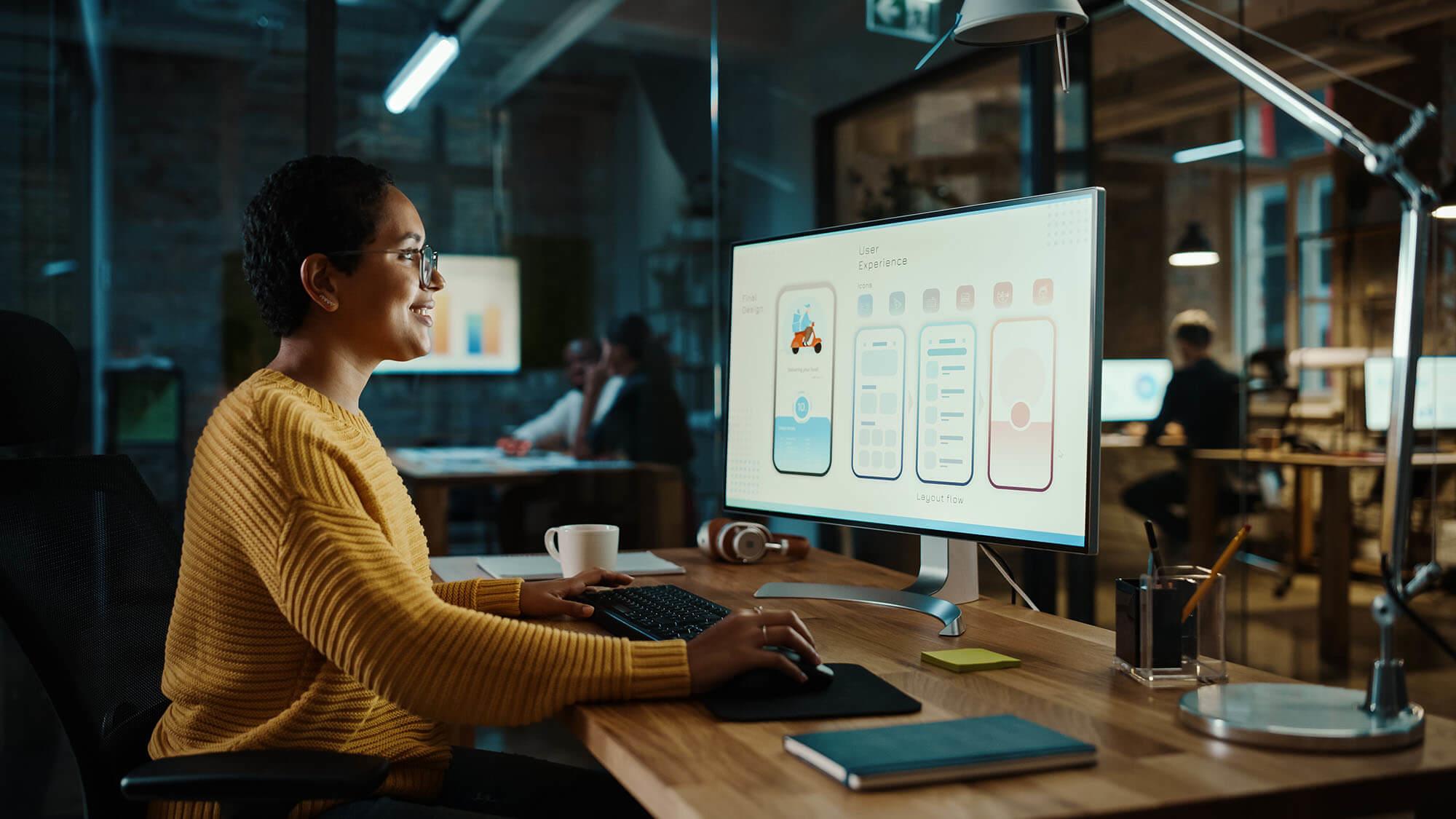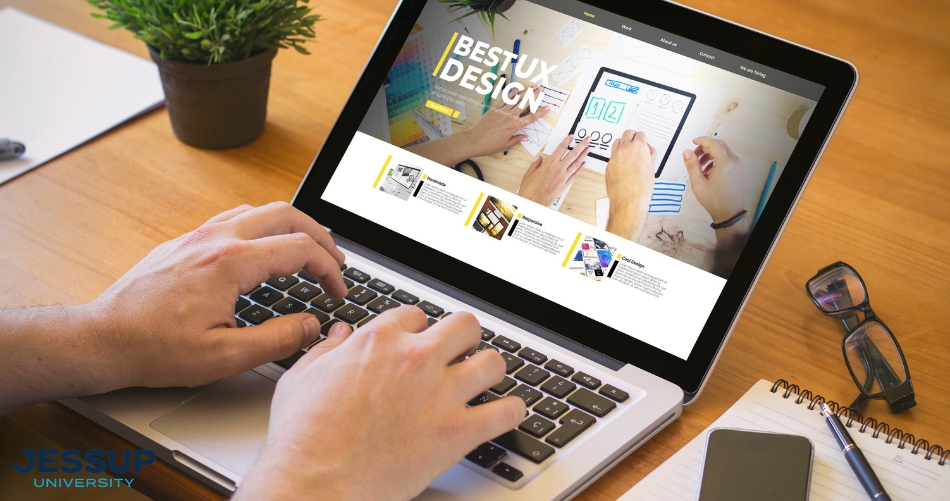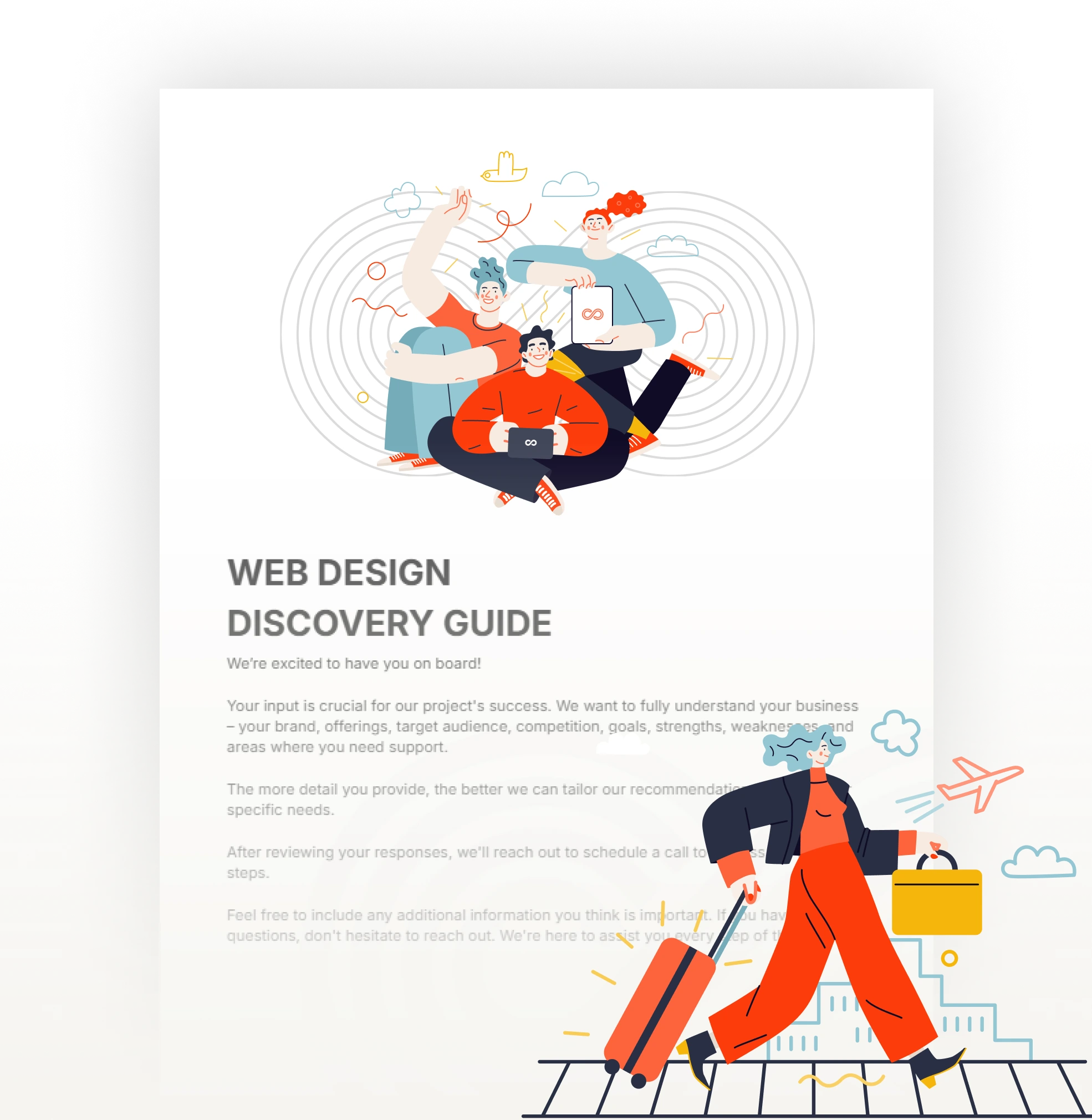Professional Aligned Position Web Design: Custom Websites Tailored to Your Business Needs
Professional Aligned Position Web Design: Custom Websites Tailored to Your Business Needs
Blog Article
The Very Best Kinds Of Web Layout to Improve Customer Experience and Interaction
In the ever-evolving landscape of electronic communication, the efficiency of Web style dramatically impacts user experience and interaction. Different layout strategies, such as minimal, receptive, and interactive formats, each deal one-of-a-kind benefits that can cater to diverse individual requirements.
Minimalist Web Design
As electronic landscapes become significantly chaotic, minimalist website design has become an effective strategy to improving user experience. This layout viewpoint prioritizes simplicity, focusing on important elements while getting rid of unnecessary interruptions. By utilizing ample white space, uncomplicated navigation, and a restricted color palette, minimal layout promotes quality and directs individual attention to vital web content.
The core principle of minimal Web design is to create a smooth communication for users. By decreasing cognitive tons, users can promptly comprehend information without really feeling bewildered. This direct method not just enhances usability yet likewise motivates engagement, as site visitors are more probable to discover a website that is easy and aesthetically attractive to browse.
Furthermore, minimal layout typically stresses typography and images, utilizing these aspects purposefully to communicate messages properly. In essence, minimalist Web style is not simply a pattern; it is a thoughtful method that identifies the importance of user-centered style.
Receptive Web Design
In today's diverse electronic setting, responsive website design has actually come to be essential for producing a seamless individual experience throughout a plethora of devices. As users access sites on smart devices, laptops, tablet computers, and desktop computers, the capacity of an internet site to adjust its layout and content to various display dimensions and resolutions is vital.
Receptive website design utilizes versatile grids, images, and CSS media queries to ensure that Web material is offered ideally, no matter the device utilized. This strategy not only boosts the aesthetic charm of an internet site but additionally considerably enhances functionality. Individuals are most likely to engage with a website that provides a constant experience, as it eliminates the stress of having to focus or scroll excessively.
In addition, search engines, consisting of Google, focus on mobile-friendly internet sites in search rankings. By adopting responsive style, organizations can improve their visibility and get to a broader target market. This approach also simplifies web site upkeep, as a solitary variation of the site can accommodate all devices, reducing the requirement for numerous variations. In recap, receptive website design is a basic practice that boosts individual experience, interaction, and overall satisfaction.
Interactive Website Design
Responsive Web style lays the groundwork for boosting individual experience, yet interactive website design takes this a step additionally by engaging individuals in a much more vibrant way - Aligned Position Web Design. By integrating aspects such as animations, clickable prototypes, and real-time responses, interactive website design captivates customers, attracting them right into a richer browsing experience
This technique not only fosters involvement however additionally encourages individuals to check out content actively rather than passively consuming it. Strategies such as gamification, where individuals earn benefits for finishing tasks, can substantially boost the time invested on a site and improve general contentment. Interactive functions can simplify complicated details, making it a lot more delightful and absorbable.

Including interactive layout elements can additionally result in higher conversion prices, as individuals are most likely to engage with a site that proactively includes them. Aligned Position Web Design. Inevitably, interactive website design transforms individual experiences right into remarkable journeys, making certain that site visitors return time after time
Flat Layout
Defined by its image source minimalistic method, level style highlights simpleness and performance, stripping away unneeded aspects and focusing on important features. This style approach prioritizes use, making sure that customers can navigate interfaces with ease and efficiency. By utilizing a clean visual, level layout removes the mess frequently located in extra elaborate styles, thereby enhancing customer emphasis on web content and performance.
The trademark of level style depends on its usage of vibrant colors, straightforward typography, and geometric forms. These aspects add to a visually attractive interface that is both approachable and modern-day. Furthermore, flat layout cultivates a sense of quality, enabling customers to determine necessary activities and information without diversion.
Additionally, flat design is specifically efficient in responsive Web layout, as its simplicity translates well throughout different devices Resources and display sizes. The absence of intricate appearances and gradients minimizes filling times, which is important for maintaining individual engagement. As electronic landscapes continue to evolve, level design stays an appropriate choice for producing user-friendly internet sites that improve total experience. By focusing on essential attributes, flat layout not only satisfies user requirements however additionally motivates smooth interaction, making it an essential component of efficient Web style strategies.
Adaptive Web Style
Flexible Web style tailors the customer experience by creating multiple repaired designs tailored to different display dimensions and tools. Unlike receptive design, which fluidly adjusts a solitary layout, adaptive style utilizes unique designs for certain breakpoints, making certain optimal presentation on various systems. This strategy permits developers to concentrate on the distinct features of each gadget, enhancing functionality by providing exactly what individuals need based on their context.
One of the main benefits of flexible Web style is its ability to optimize load times and efficiency. By serving tailored content and images that fit the user's tool, internet sites can decrease information use and boost loading rates. This is especially helpful for individuals with slower connections or limited data plans.

In addition, adaptive layout promotes a much more regulated and consistent branding experience. Since developers develop multiple designs, they can guarantee that the aesthetic elements align with the brand name's identification across different systems - Aligned Position Web Design. This causes a cohesive individual experience, boosting involvement index and promoting customer retention
Verdict
Minimal design fosters clarity and focus, while receptive layout makes sure adaptability across various devices, advertising access. Jointly, these style approaches contribute to the creation of straightforward settings that not just improve satisfaction but additionally drive higher conversion rates, underscoring their essential relevance in contemporary Web layout methods.

Minimalist style promotes quality and emphasis, while receptive layout ensures adaptability across different gadgets, promoting access. Jointly, these design comes close to add to the creation of user-friendly environments that not only improve complete satisfaction however likewise drive higher conversion rates, underscoring their crucial significance in modern Web style methods.
Report this page